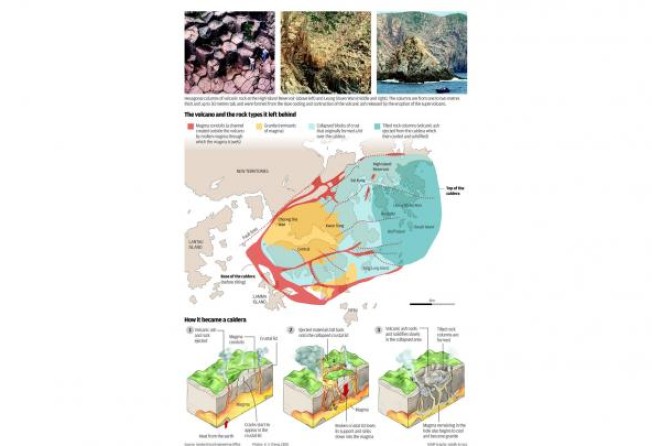Geotech engineer realised it all pointed to a supervolcano
Epiphany came for Civil Engineering and Development Department officer when he realised that 'everything pointed to one source'

The man behind the discovery of Hong Kong's supervolcano remembers the moment he realised he was on to something big - the explanation for the city's unique landscape.
"The 'Ah-ha!' moment for me was realising that everything pointed to one source - a supervolcano, the one system that could have preserved all the unique geological features of Hong Kong," said Dr Roderick Sewell, who has worked as a geologist in the Civil Engineering and Development Department for more than 22 years.
Print option is available for subscribers only.
SUBSCRIBE NOW